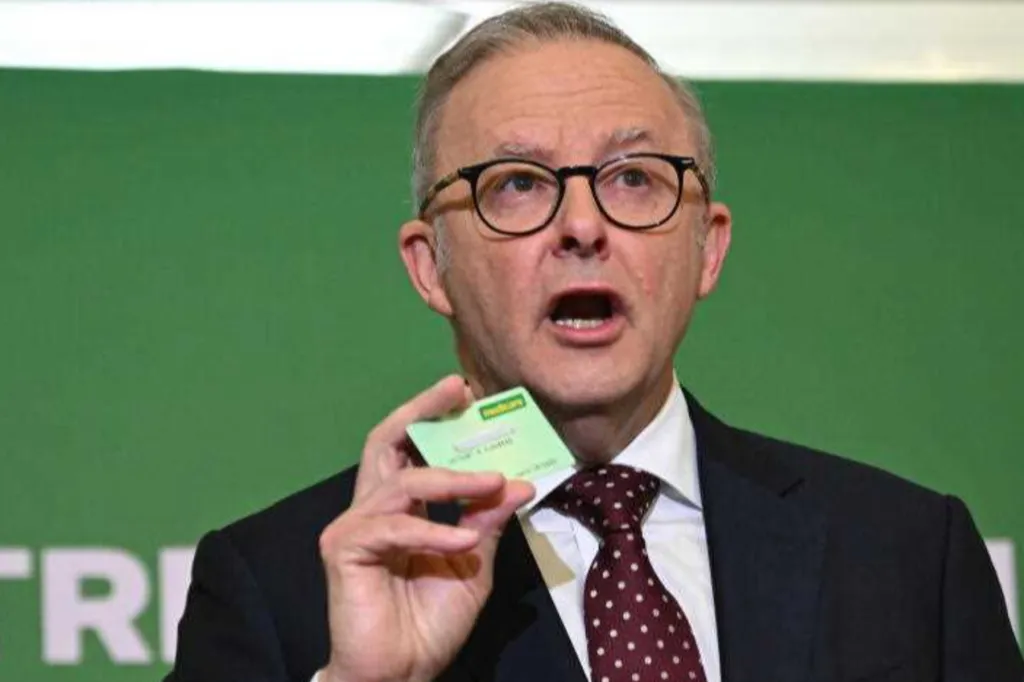Crunch time for borrowers as RBA unveils rate call
The Reserve Bank of Australia is widely expected to lower the cash rate by 25 basis points on Tuesday.
Borrowers could be just weeks away from mortgage relief with a long-awaited Reserve Bank of Australia interest rate cut widely expected to be handed down.
If the RBA board does lower the official cash rate by 25 basis points to 4.1 per cent on Tuesday, Sally Tindall, data insights director at financial comparison site Canstar, said banks would be expected to pass the savings in full to their variable home loan rates.
For an average owner-occupier with a $600,000 loan, that would mean a $92 reduction to their minimum monthly repayments.
“However, we could see some lenders cutting new customer variable rates even further to capitalise on what could become a refinancing revival,” Tindall said.
Westpac has already dropped its lowest advertised variable rate to 6.44 per cent in anticipation of a revival of the mortgage wars.
You might like
But Tindall urged borrowers to be proactive to make sure they didn’t miss out on potential savings.
“Variable rates should drop within the first couple of weeks of an RBA cut. However, borrowers should not assume their mortgage repayments will automatically drop with them,” she said.
“This is because some banks won’t lower a borrower’s monthly repayments when rates are cut – unless the bank is explicitly asked to do so by the customer.”
After 15 months of no change, most economists and the rates market are confident the Reserve Bank will cut rates on Tuesday.
Stay informed, daily
But some indicators remain in support of a hold.
Governor Michele Bullock has consistently cited tightness in the labour market behind the RBA’s decision not to follow central bank peers in cutting rates earlier.
Australia’s unemployment rate remains historically low at 4 per cent, below the bank’s estimates of full employment (NAIRU), and raising fears inflation could start rising again if rates were cut too early.
But there are signs the labour market is starting to soften.
Employers have lowered their expectations of how many staff they plan to hire, according to the Australian HR Institute’s quarterly work outlook survey.
Its Net Employment Intentions index, derived from a survey of over 600 senior HR professionals across Australia, fell from +44 in December to +39 in the March quarter.
Gareth Aird, head of Australian economics at CBA, said the RBA won’t be deterred from cutting rates, as falling wages should allay concerns about lower-than-expected unemployment.
He expects it to lower its wage growth and unemployment forecasts in its Statement on Monetary Policy, which would imply that the bank has downwardly revised its estimate of the NAIRU.








